Any online business that sells products or services needs a reliable payment processing software. Fortunately, entrusting online payment processing to a payment gateway solution resolves this need.
In this article, we explain the significance of payment gateway software and its necessity for online businesses and dig deeper: should companies opt for a ready-made solution or create their payment gateway infrastructure from scratch?
What is a payment gateway?
A payment gateway is a software that acts as an interface between the customer and the payment processor. When a customer makes an online purchase and enters their card details, the gateway encrypts this sensitive data to protect it from fraud and interception. It then transmits the encrypted information to the payment processor for further handling.
In addition to encryption, payment gateways use multiple security measures, including card tokenisation and TLS/SSL protocols, to safeguard customer data.
How do payment gateways work?
The process starts when a customer clicks 'Pay' or 'Buy' on your site and selects their payment method. If they choose to pay by card, they enter their card number, expiry date, and CVV. At this point, the payment gateway steps in:
- Data capture & encryption. The gateway securely captures and encrypts the card data.
- Transmission to the processor. It sends the encrypted details to the payment processor.
- Processing & approval. The processor works with the acquiring and issuing banks to authorise the transaction.
- Result notification. The gateway receives the approval or decline status and instantly informs the customer.
It all happens in seconds, giving both customers and merchants a seamless experience while keeping sensitive information safe from fraud or breaches.
Payment gateway vs. payment processor
People often confuse the terms 'payment gateway' and 'payment processor,' but they describe two different functions in the payment lifecycle. Although closely connected, a gateway is the secure entry point for transaction data, while a processor is the engine that moves that data between banks and finalises the payment.
Here's a quick side-by-side view:
| Payment gateway | Payment processor |
|---|---|
| Software | Organisation |
| Encrypts customers' card data | Routes the encrypted data between a customer, issuing bank, acquiring bank, and merchant |
| Authenticates the transaction | Requests authorisation for the transaction |
| Sends data to a payment processor | Sends data to financial institutions and then back to a payment gateway |
| Notifies the customer about a transaction result | Ensures funds have moved to the merchant's account |
To accept online card payments, you need both. The payment gateway ensures security and communication, while the processor ensures that the funds actually move.
Why create a custom payment gateway?
The main reason is control and ownership. Owning the infrastructure means you control how payments are routed and processed, and work without third-party limits. It is especially valuable if your business requires custom routing logic — for example, sending transactions to different acquirers based on currency, geography, card type, or cost — or unique payment flows that standard solutions don't support.
Custom payment solutions are best suited for large companies that can dedicate the budget, time, and technical resources to develop and maintain such a system. They provide the freedom to integrate any payment method, add bespoke security measures, and expand into new markets on your terms.
Even for enterprises planning to build their own, a white-label payment gateway system can be a smart temporary solution. It allows the business to operate with full functionality and branding while the in-house system is under development, avoiding lost opportunities.
Pros & cons of a custom payment gateway
Pros
- Additional source of income. By owning a payment gateway, a business can become a PSP for other merchants. Charging them with registration and transaction fees will provide additional revenue streams.
- Control and ownership. Full ownership allows businesses to decide how transactions are routed, which payment partners to use, and when to implement new features, without depending on a third party's roadmap or limitations.
- Flexibility. Payment gateway development enables businesses to customise the features to meet their requirements and adapt to evolving business needs as they grow.
- Tailored integration. After developing a custom payment gateway software, the owner can seamlessly integrate it with their business's existing systems and infrastructure.
- Enhanced payment gateway security. Custom solutions let you apply the highest security standards, such as PCI DSS, tailored to your needs. They include robust encryption protocols and advanced fraud detection measures, minimising the risk of data breaches and fraudulent activities.
- Competitive advantage. By investing enough resources and expertise into developing your solution, you can make it your competitive advantage.
Overall, payment gateway software development empowers businesses with greater control, security, and flexibility.
Cons
- Long development timelines. Building a payment gateway from scratch is a marathon, not a sprint. Even creating a minimum viable product (MVP) takes over a year before you can process the first transaction.
- High costs and lost opportunities. Costs cover developer salaries, infrastructure, testing, and project management. While you're building, you're also missing out on potential revenue you could be generating if you launched with an existing solution.
- Full compliance and security responsibility. All regulatory and security requirements fall on you: PCI DSS, PSD2, AML/KYC, and data protection laws. Meeting these standards is both complex and costly.
- Ongoing maintenance burden. Once launched, you'll be fully responsible for keeping the system secure, functional, and up to date for as long as it's in use, which demands constant resources.
- Developing integrations and features is on you. There's no vendor to submit feature requests to. You'll need to build every new payment method, integration, or feature and maintain it in-house.
- The need for payment expertise. If payments aren't your primary focus, building a competitive, reliable gateway from scratch often means learning through trial and error, which can be expensive and risky.
Who may need to build a payment gateway solution?
- Online businesses with a large turnover;
- Those who want to be independent of third-party payment providers;
- Scaling payment providers;
- IT companies that want to become a PSP;
- Acquiring banks aiming to improve their front-end solution.
How to create your own payment gateway in 5 steps
Creating a payment gateway involves six steps to ensure its functionality, security, and compliance with industry standards:
- Market research and planning
- Hiring experts
- Design and development
- Integration and testing
- Compliance and certification
- Deployment and maintenance
Let's delve deeper into each step's details.
Step 1. Market research and planning
- Understand the payment processing landscape, including current trends, technologies, and regulatory requirements.
- Identify your target market, business goals, and selling points to tailor your payment gateway accordingly.
- Research your market to spot competitors, customer needs, and possible challenges within your business model or industry.
Step 2. Hiring experts
- Hire a team that knows how to build secure and scalable payment systems.
- Include backend and frontend developers, DevOps engineers, QA testers, UI/UX designers, and security specialists.
- Consider project managers and business analysts to align technical development with your business goals and keep the project on track.
Step 3. Design and development
- Define the features and functionalities of your payment gateway based on your research and business objectives.
- You can host your solution on a third-party server or your infrastructure. If your payment gateway processes, stores, or transmits cardholder data, you must be PCI DSS compliant, no matter where it's hosted. Hosting it yourself means you're fully responsible for annual PCI DSS revalidation, while opting for a PCI DSS-certified provider like AWS may reduce the infrastructure-related scope but not remove your compliance obligations.
- Develop a detailed technical architecture, including database structure, payment processing logic, user interface, and security measures.
- Choose the programming languages, frameworks, and development tools best suited for your project.
- Use strong encryption, data checks, and fraud detection tools to ensure security and compliance with industry standards.
Step 4. Integration and testing
- Integrate your payment gateway with various payment processors, banks, and financial institutions to enable payment acceptance from different sources.
- Conduct rigorous testing to validate your payment gateway's functionality, performance, and security across different devices, browsers, and transaction scenarios.
- Test for compatibility with popular e-commerce platforms, shopping carts, and other third-party integrations.
Step 5. Compliance and certification
- Ensure compliance with industry regulations, such as PCI DSS, GDPR, and local payment processing laws.
- Obtain necessary certifications and approvals from relevant authorities and payment card networks to demonstrate your adherence to security and compliance standards.
- Implement measures for data privacy, customer consent, and dispute resolution to protect both merchants and customers.
Step 6. Deployment and maintenance
- Deploy your payment gateway to production environments and ensure seamless integration with your or your merchants' websites or applications.
- Provide ongoing maintenance and support services to address any issues, update security patches, and add new features as needed.
- Monitor performance metrics, transaction data, and security logs to identify potential issues or vulnerabilities and take proactive measures to mitigate risks.
How to create your own payment gateway and make it competitive?
Given the high level of competition in the payment market, your solution must be scalable and comprise a range of features to fulfil clients' needs.
Following these tips, you'll maintain competence during payment gateway implementation:
- Offer intelligent payment routing. It automatically sends transactions through the most successful, cost-effective, or regionally optimal provider, helping your merchants boost approval rates, lower costs, and reduce failed transactions.
- Build strong fraud prevention & risk management tools. Integrate advanced fraud detection mechanisms like machine learning risk scoring, velocity checks, and geolocation filters. Merchants value a gateway that protects them from chargebacks and fraud losses.
- Ensure global coverage & localisation. Support multiple currencies, local payment methods, and multilingual interfaces. It enables you to adapt to local market preferences and makes your gateway more attractive in cross-border trade.
- Prioritise reliability. In payment processing, downtime equals lost revenue. High availability, redundancy, and failover systems should be part of your infrastructure to guarantee uninterrupted service.
- Provide in-depth analytics & reporting. Merchants need actionable insights. Offer dashboards that track conversion rates, failed transactions, and processing costs, helping clients optimise their payment strategies.
- Keep the platform extensible. Offer APIs, SDKs, and modular components so merchants and developers can customise and expand functionality without waiting for your core team to implement changes.
How much does it cost to build a payment gateway?
Costs vary, but expect to invest hundreds of thousands of euros. It includes team salaries, obtaining a PSI DSS certificate, documentation, and office equipment, among other expenses.
The budget also depends on features you plan to include in your MVP, but the most basic version can cost between €150,000 – €200,000 when you factor in:
- Developer salaries (often 12+ months of work)
- Server and infrastructure costs
- Compliance and certification fees
- Security audits
- Ongoing support and maintenance
Considering this, many businesses, especially those wanting to launch quickly and cost-efficiently, explore ready-made or white-label options to avoid tying up huge capital and time.
How can Corefy help?
We offer a white-label gateway solution that allows you to get started within a shorter time and at the cost of one developer's salary. Instead of spending years and hundreds of thousands on development, compliance, and integrations, you can start accepting payments within weeks.
Our platform provides ready-made technical infrastructure and a rich library of out-of-the-box connections with payment providers and acquirers, so you can focus on growing your business rather than managing complex integrations. We handle full support, maintenance, and compliance updates, ensuring your payment operations run smoothly without requiring you to dive into the technical details.
Corefy payment software features
If you're managing payments across multiple channels, you've probably felt the strain of juggling different providers, currencies, and payment methods, not to mention ensuring everything runs smoothly and securely. Building a system to handle all of that from scratch is possible, but it's a long, costly, and resource-heavy process.
A more efficient approach is to use a platform that already brings all these parts together in a unified dashboard. Corefy's payment orchestration platform connects you with 550+ payment providers in one place, helping you centralise acceptance, payouts, and transaction monitoring.
Here's how we help your business thrive:
| Challenge | How Corefy helps |
|---|---|
| Fragmented transaction records | Access real-time transaction tracking, detailed logs, and analytics in one dashboard without the need to piece together reports from different providers. |
| Too many integrations slow you down | Manage all payment operations from a single hub, reducing integration headaches, simplifying workflows, and freeing up time to focus on business growth. |
| Inefficient payment routing | Route transactions through the most cost-effective and reliable provider based on location, currency, payment method, or custom business rules, improving success rates and reducing processing costs. |
| Time-consuming refund handling | Initiate full or partial refunds directly from the platform, with automatic reconciliation to keep your books accurate. |
| Narrow payment method options | Choose from 550+ payment methods and start accepting cards, alternative payment methods, recurring payments, and even crypto, all from a single integration with our platform. |
| Complex checkout experiences | Offer hosted checkout pages and customisable forms with your branded look and feel for a smooth customer journey online. |
| Manual, error-prone payouts | Automate payouts on a schedule or trigger them instantly to cards, bank accounts, or alternative payout channels. |
| Disjointed customer communication | Send automated receipts and real-time transaction status updates via email, SMS, or API webhooks. |
| Lack of role-based control | Assign granular permissions to admins, merchants, accountants, and developers to maintain both security and operational efficiency. |
Centralising your payment operations means fewer integration headaches, less operational complexity, and more time to focus on growing your business instead of maintaining payment infrastructure.



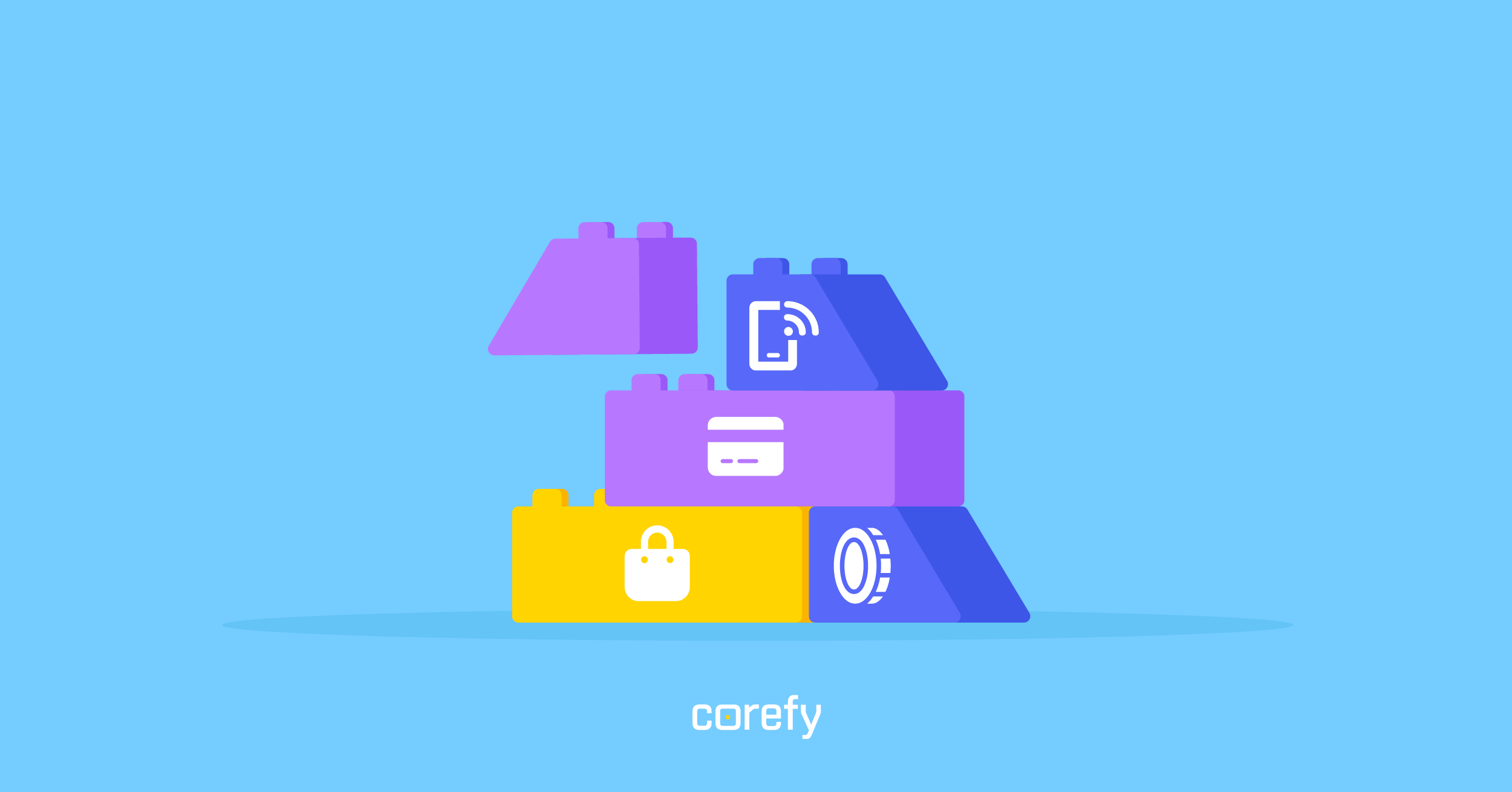
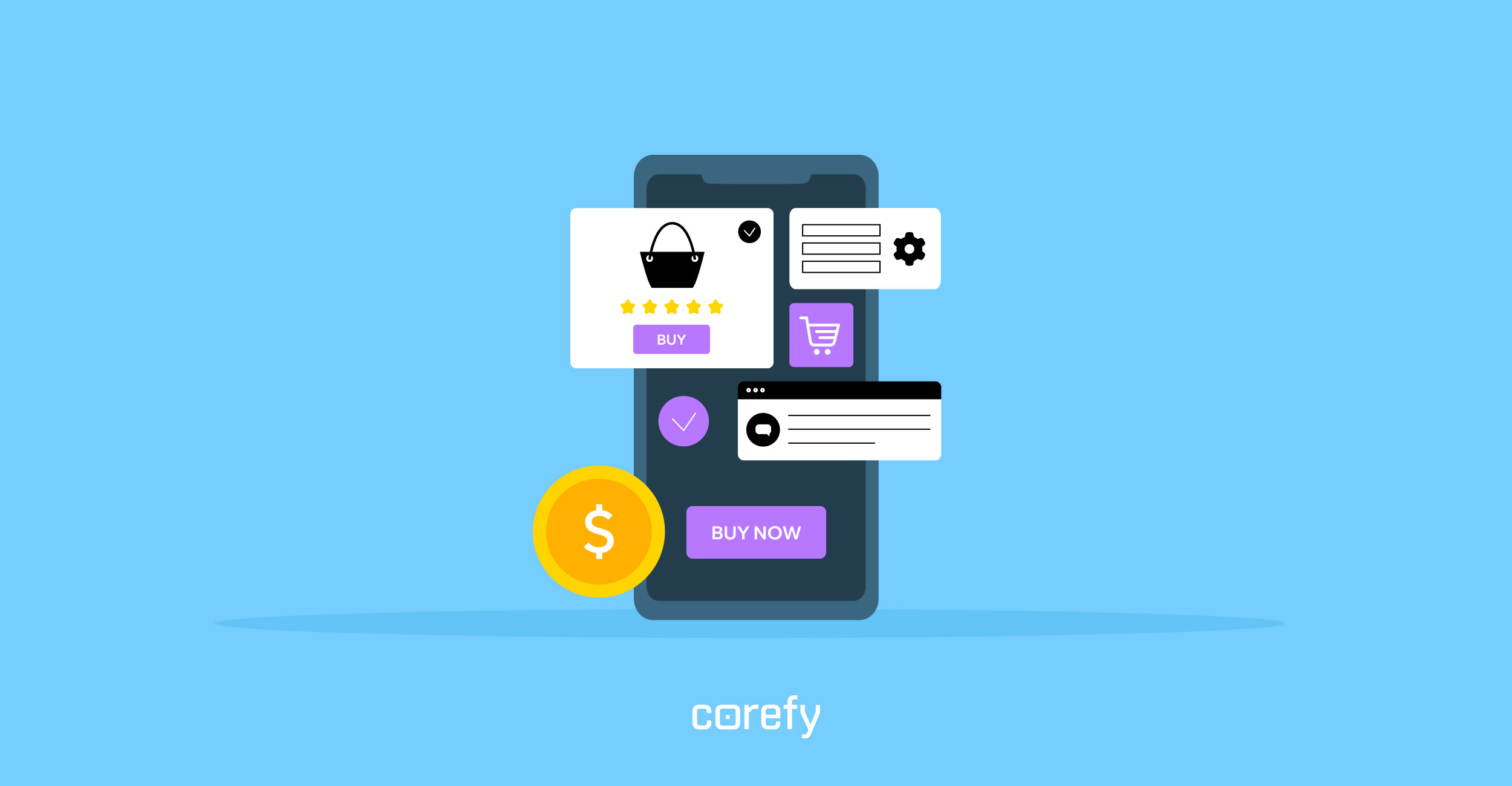
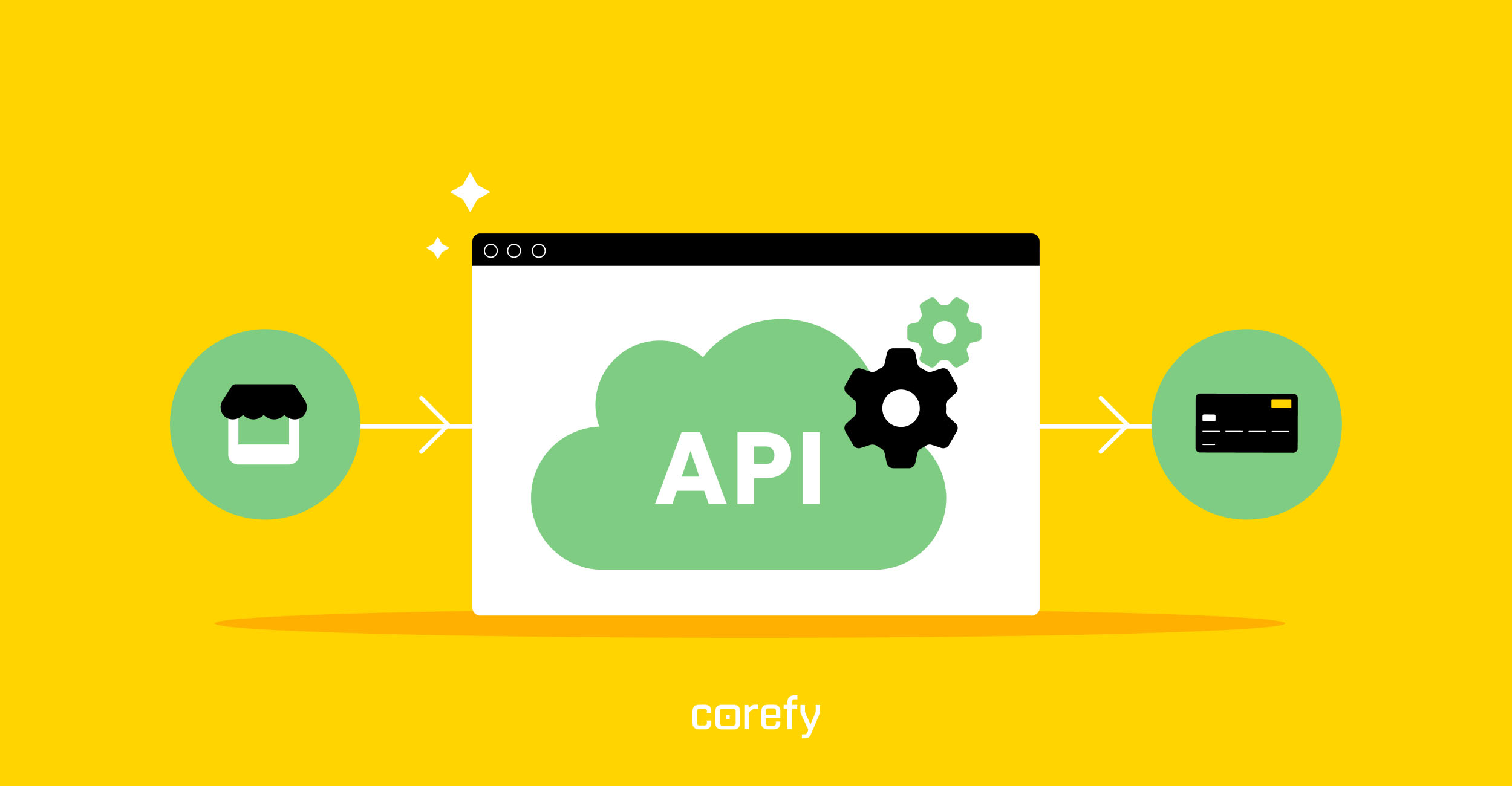
.jpg)
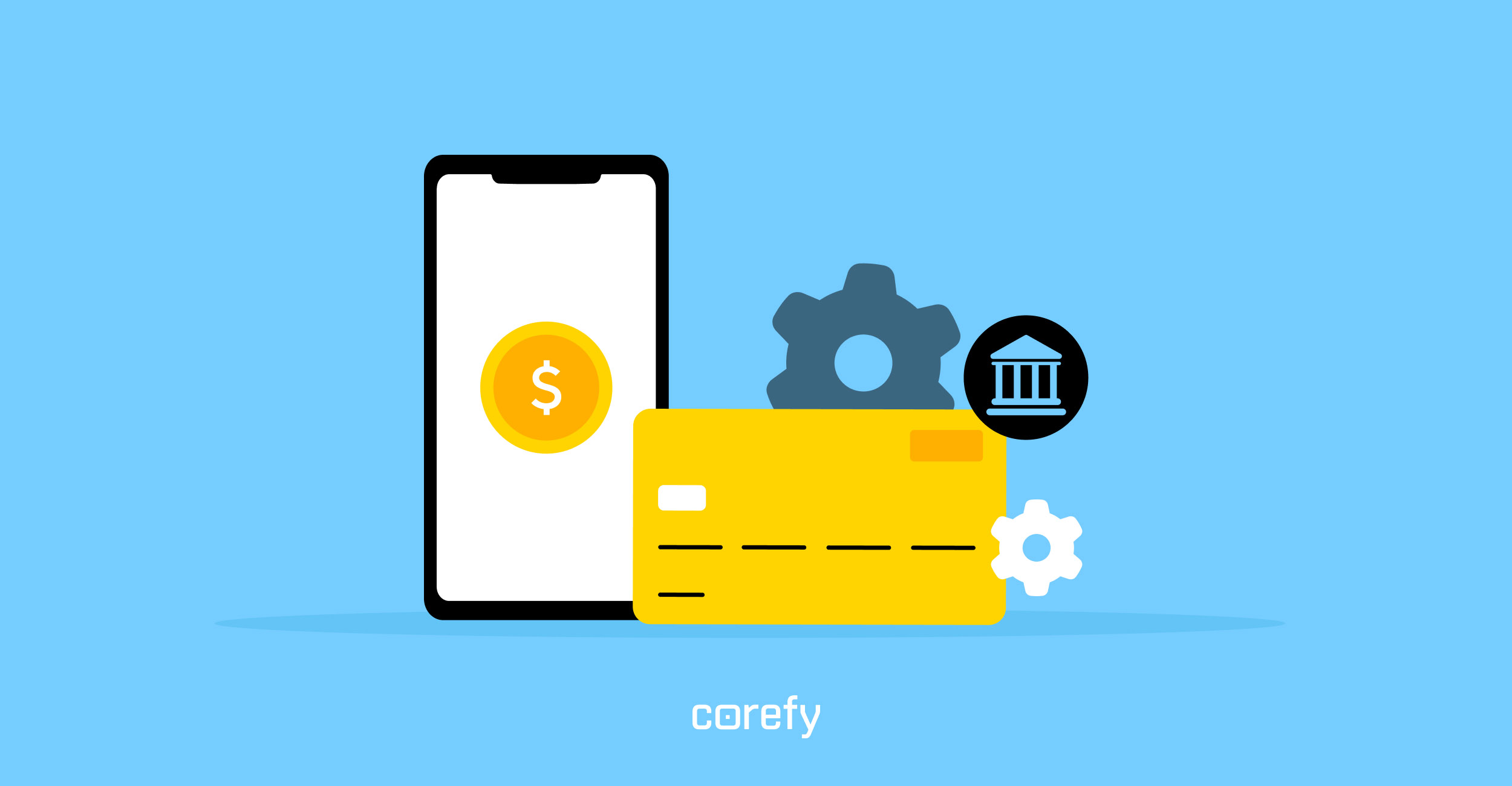
.jpg)
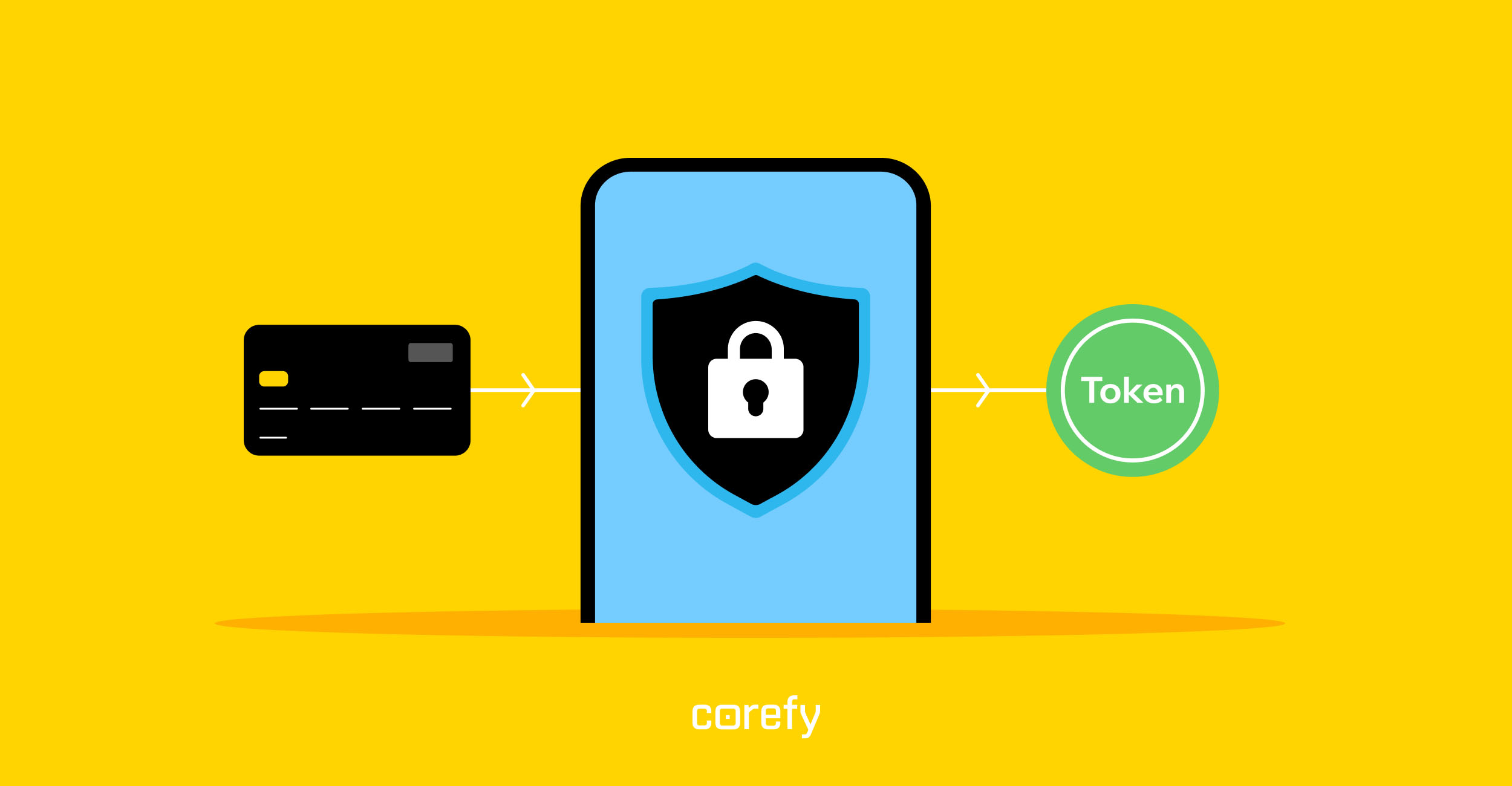
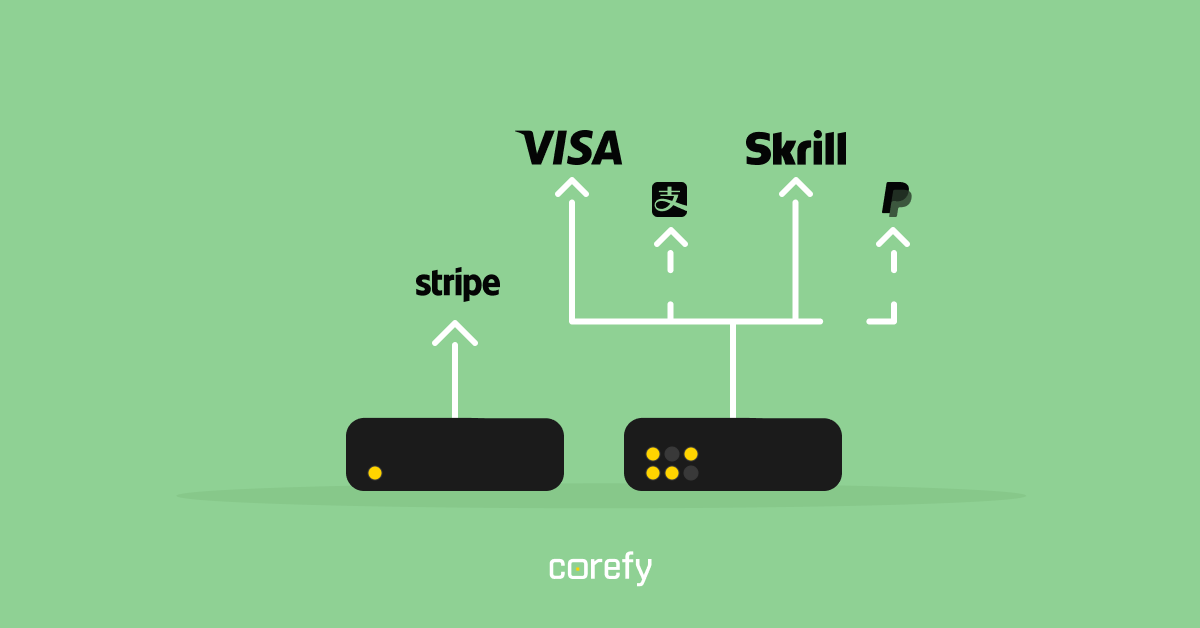

.jpg)
